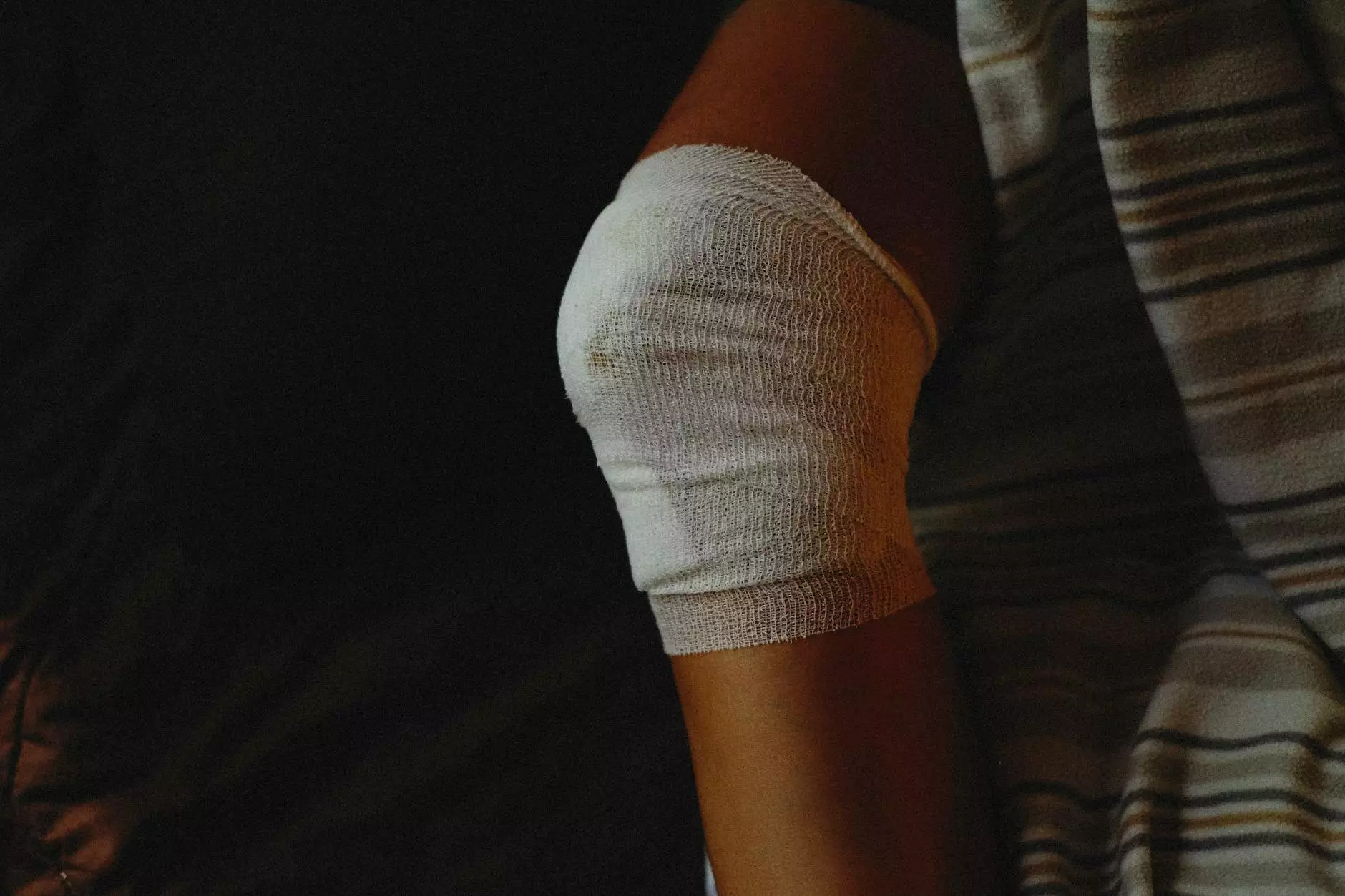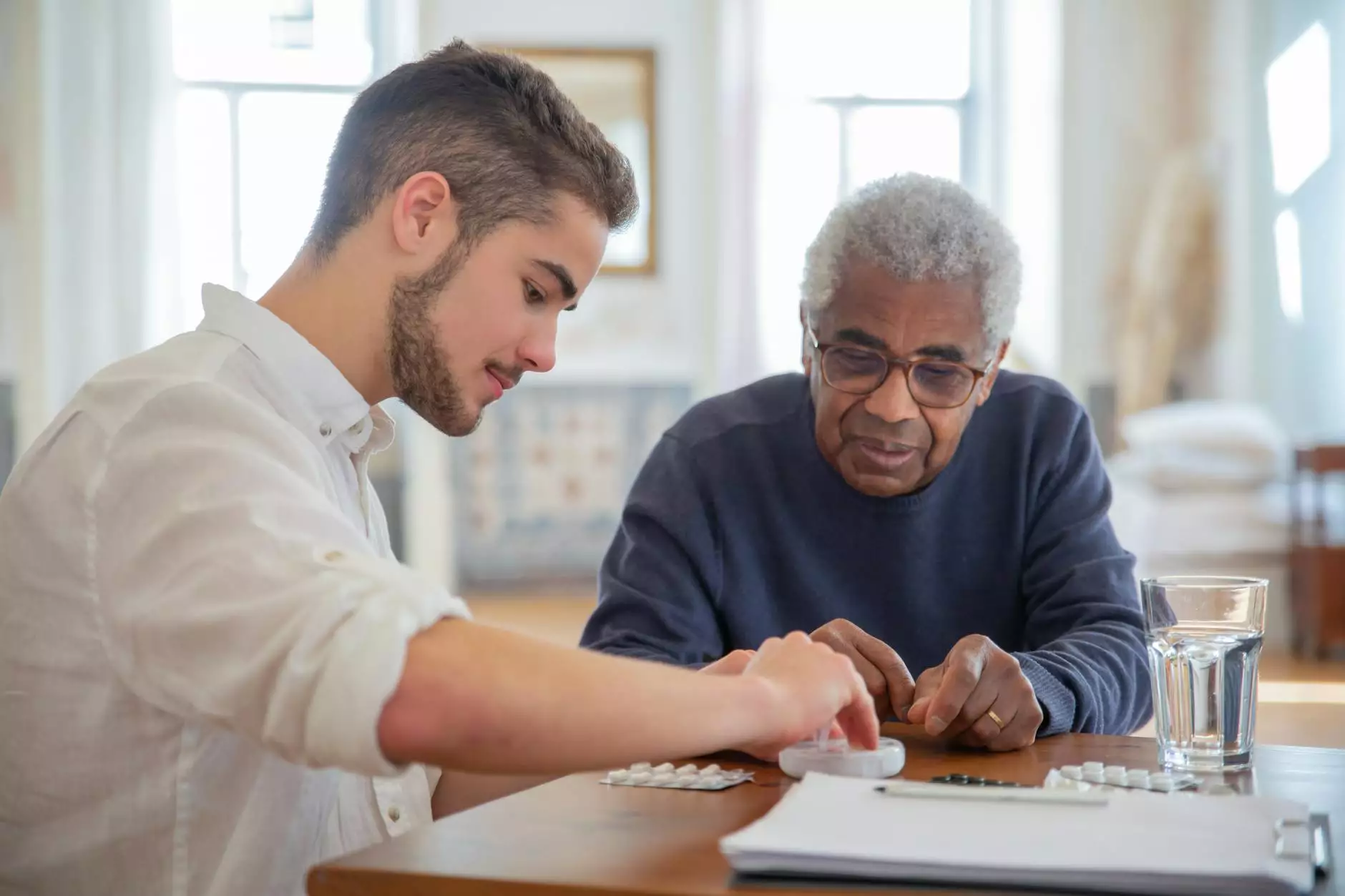Understanding Leg Swelling: Causes, Symptoms, and Treatments

Leg swelling, medically known as peripheral edema, is a common condition affecting many individuals. It can result from various factors, including lifestyle choices, medical conditions, and environmental influences. Understanding the causes of leg swelling and implementing effective strategies for treatment is crucial for maintaining overall health and well-being.
What is Leg Swelling?
Leg swelling occurs when excess fluid accumulates in the tissues of the legs, leading to noticeable swelling. This condition can affect one or both legs and may vary in severity. Commonly, swollen legs can signify an underlying health issue or may simply result from factors such as prolonged inactivity, diet, or injury.
Common Causes of Leg Swelling
Understanding the root causes of leg swelling is essential for effective treatment. Here are some of the most common causes:
1. Venous Insufficiency
Venous insufficiency occurs when veins cannot effectively return blood from the legs to the heart. This condition can lead to pooling of blood and fluid, resulting in swollen legs. Individuals with a history of varicose veins are at higher risk.
2. Heart Conditions
Heart problems, such as congestive heart failure, can cause fluid buildup in the legs due to poor circulation. When the heart is unable to pump blood efficiently, the body retains fluid, leading to swelling.
3. Kidney Issues
The kidneys play a vital role in fluid balance. If they are not functioning properly, the body may retain excess fluid, contributing to leg swelling. Conditions such as kidney disease can significantly impact fluid regulation.
4. Liver Problems
Liver diseases, such as cirrhosis, can lead to fluid retention. Damaged liver function disrupts protein production, affecting the body's ability to regulate fluid properly and often resulting in leg swelling.
5. Lymphatic Obstruction
The lymphatic system helps remove excess fluid from tissues. Blockages or damage to the lymphatic vessels can cause fluid to build up, leading to swelling in the legs.
6. Infections and Inflammatory Conditions
Infections in the legs, such as cellulitis, and inflammatory conditions like arthritis can also contribute to swelling. Inflammation can lead to increased fluid accumulation in the affected areas.
7. Prolonged Sitting or Standing
Extended periods of inactivity, whether sitting or standing, can impede circulation and result in temporary leg swelling. This is common among individuals who have sedentary jobs or travel long distances.
Identifying Symptoms of Leg Swelling
Recognizing the signs of leg swelling is important for timely intervention. Here are some common symptoms:
- Increased size of the legs
- Skin tightness or stretching sensation
- Difficulty in movement or mobility limitations
- Warmth or redness in the swollen area
- Pitting edema (when pressing on the swollen area leaves an indentation)
Diagnosing Leg Swelling
If you experience persistent leg swelling, it is essential to seek medical advice. Diagnosis may include:
1. Medical History Review
Your healthcare provider will ask about your medical history, current symptoms, and lifestyle habits to identify potential causes.
2. Physical Examination
A thorough examination of your legs will help determine the extent of swelling and identify any underlying conditions.
3. Imaging Tests
Ultrasound or Doppler studies may be performed to assess blood flow and detect any blockages or abnormalities in the veins.
4. Laboratory Tests
Blood tests can help evaluate kidney and liver function and assess your overall health.
Treatment Options for Leg Swelling
Once the underlying cause of leg swelling is identified, your healthcare provider will recommend appropriate treatment options. Here are some common approaches:
1. Lifestyle Modifications
Making simple lifestyle changes can significantly reduce leg swelling:
- Exercise regularly: Physical activity enhances circulation and helps prevent fluid buildup.
- Elevate your legs: Raise your legs above heart level to encourage fluid drainage.
- Wear compression stockings: These garments apply pressure to the legs, improving circulation and reducing swelling.
- Stay hydrated: Drinking adequate water helps maintain fluid balance.
2. Medications
Your doctor may prescribe medications to manage underlying conditions contributing to leg swelling. These may include:
- Diuretics: Help remove excess fluid from the body.
- Anti-inflammatory drugs: Reduce inflammation and pain when necessary.
3. Medical Procedures
In severe cases, medical procedures may be necessary:
- Endovenous laser therapy: Treats venous insufficiency by closing problematic veins.
- Vein ligation or stripping: Surgical options for severe cases of varicose veins.
When to Seek Medical Help
Not all cases of leg swelling require immediate medical attention, but it’s important to be aware of when to seek help. Contact your healthcare provider if you experience:
- Sudden swelling: Particularly if accompanied by pain or redness.
- Shortness of breath: This can indicate a serious condition.
- Persistent swelling: That does not improve with home treatments.
Conclusion: Managing Leg Swelling Effectively
Leg swelling is often a manageable condition when appropriately addressed. By understanding the causes, recognizing symptoms, and seeking timely treatment, you can effectively reduce and manage swelling in your legs.
How Truffles Vein Specialists Can Help
At Truffles Vein Specialists, we specialize in diagnosing and treating conditions related to leg swelling and venous insufficiency. Our team of experienced healthcare professionals is dedicated to providing personalized care and effective solutions tailored to your unique needs. Don't let leg swelling affect your quality of life—reach out to us today to schedule a consultation and start your journey to healthier legs.
Your health is important, and recognizing the signs of leg swelling is an essential step in taking control of your well-being. Let us help you achieve a better quality of life!









